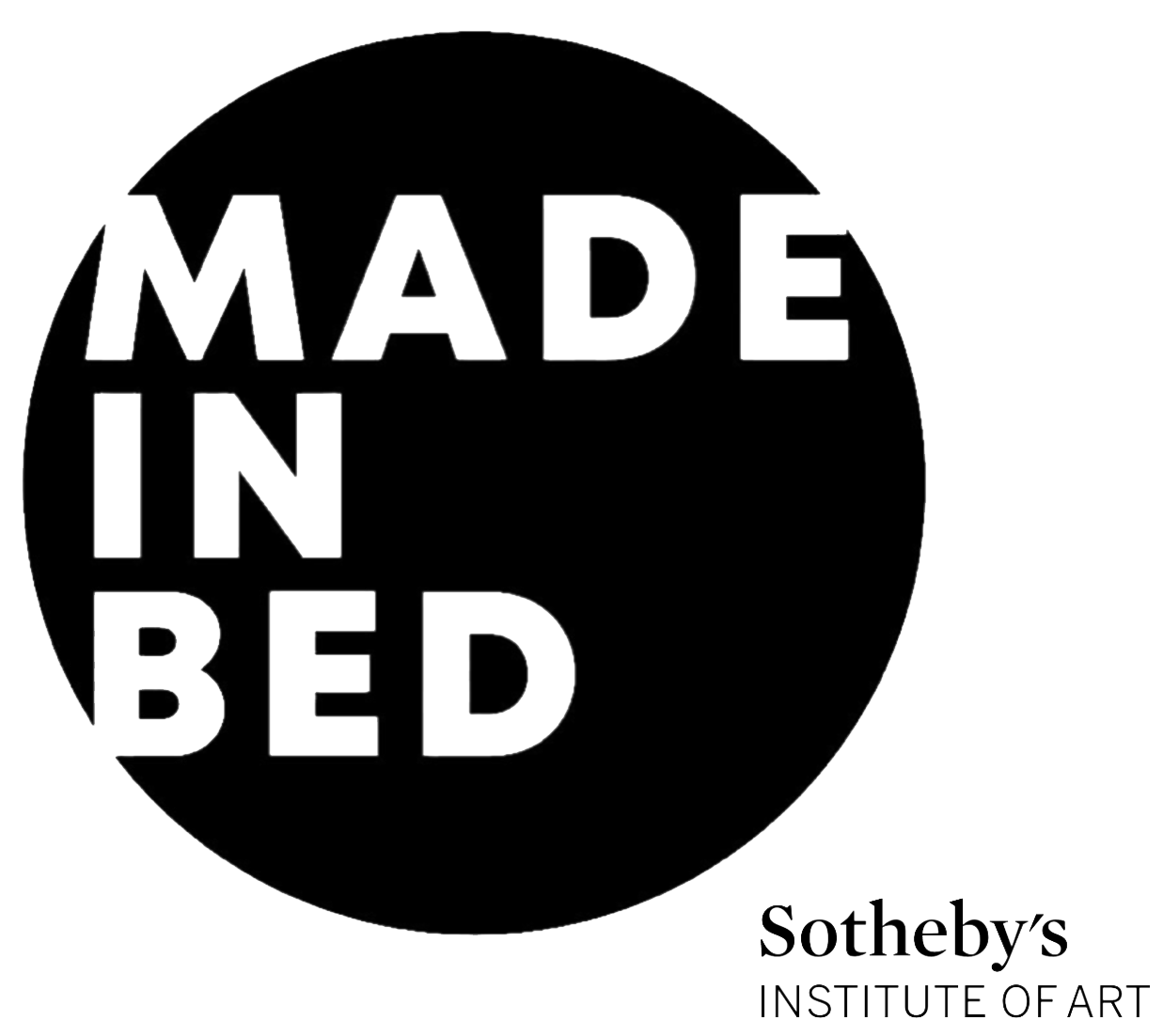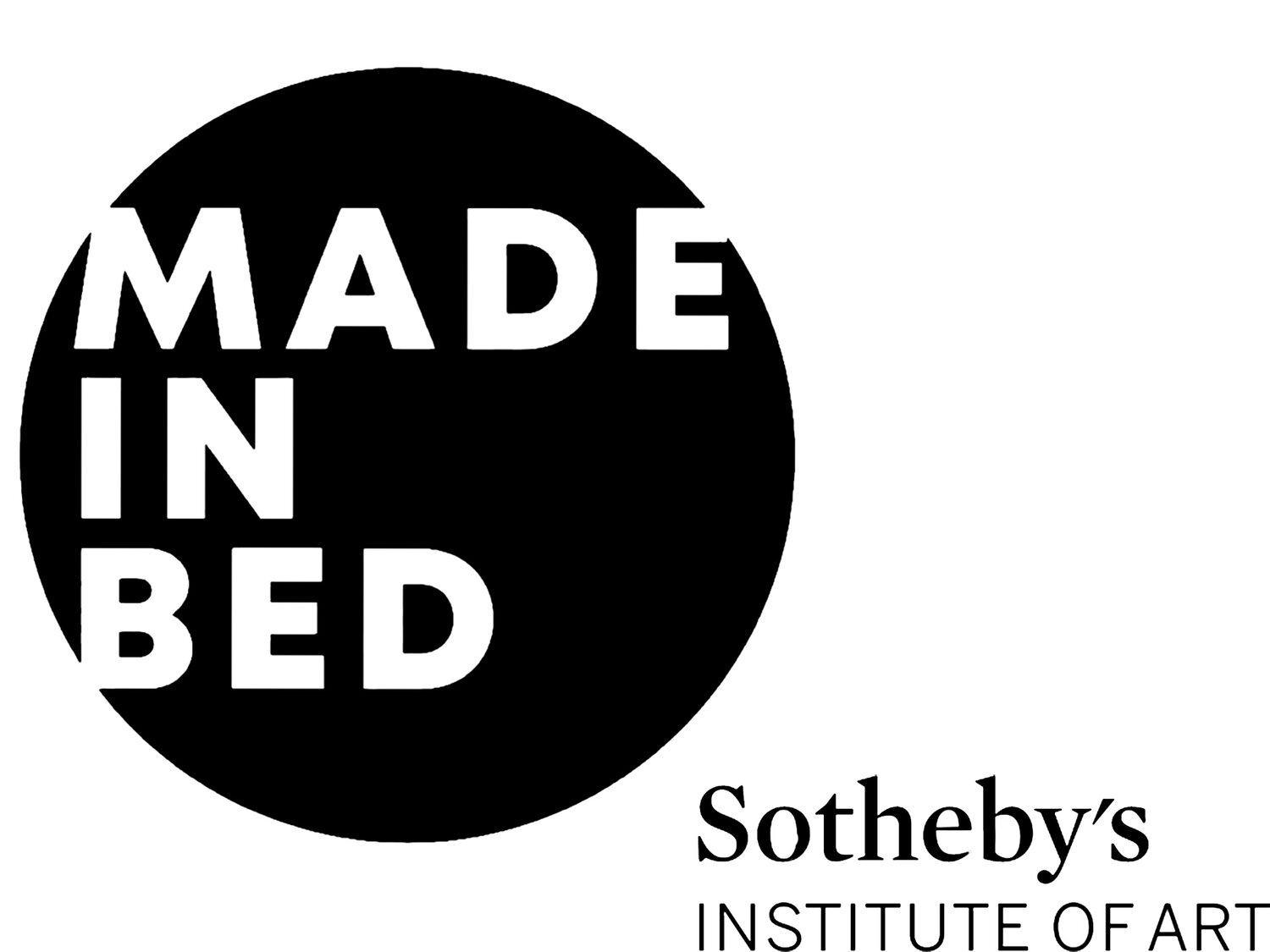Restoring Through Ritual: Jenny Kendler and Her Relationship with the Natural World
“We know it is wrong to keep a wolf in our homes, or to clip the wings of an owl so we can enjoy or even possess its beauty. Hence, our longing must simply remain an offering, with no expectation of reciprocity.”
~Jenny Kendler
Portrait of Jenny Kendler for SAIC Magazine. Photo Credit: Ash Thompson.
Jenny Kendler is one of the artists taking the ‘en plein air' concept in a new direction through her performative and interactive work. She received her Bachelor of Fine Arts from Maryland Institute College of Art in 2002 and her Master of Fine Art from School of the Art Institute of Chicago in 2006. She is an Art Coordinator for Extinction Rebellion Chicago, Board Chair of artist residency ACRE, part of artist collective Deep Time Chicago—and since 2014 has been the first Artist-in-Residence with the environmental non-profit NRDC (Natural Resources Defense Council).
Taken greatly by the impact of human relationships with nature, Kendler is striving to create a more genuine and less ‘fetishized’ relationship that puts selflessness before a desire to own the natural world. She often creates work as an offering to nature, whether it is by constructing something physical, or placing herself in the hands of her environment, almost ritualistically. Her work varies from interior and outdoor installations to works of sound. Kendler has spoken on how she approaches her work with the audience in mind. Rather than creating installations or performances shrouded in mystery, she values a level of transparency, stating that “learning how to be generous to one’s audience is key. Doing the work to provide clarity of thought is part of the work of being an artist, for me. I’m not interested in creating work that’s purposely obscure; I want anyone to be able to approach it” [1]. Having the public be able to easily engage with her work seems to be another key point that drives her practice. Having strong public access is key to the art form.
The Unicorn Rests in a Garden (from the Unicorn Tapestries), 1495-1505. Photo Courtesy: Metropolitan Museum of Art.
Kendler’s collaborative work with Giovanni Aloi, Through the Eye of the Unicorn, relies heavily on audience participation and working off the surrounding environment. The work was created in the Chicago Botanic Garden, which is known for its wide plot of natural prairies and conservation work. Kendler and Aloi wanted to respond to the ever-growing threat to prairie and tall grass prairie ecosystems by referencing The Unicorn Rests in a Garden, from the late 13th to early 14th century, which depicts a unicorn caged in a fence, surrounded by flora. The idea that one day all the prairie lands will become just a legend like the unicorn is troubling. Especially for those that visit the garden often, it must be unfathomable that one day the only way we can visit such nature is in our own confined gardens. While it was being constructed, people were still using the garden and could observe the creation in real time. Besides some other materials being brought it, the work utilizes local plants in order to create the garden confined in the fence. This gives the impression that nature is being trapped or kept as a pet, much like in the unicorn tapestry.
Giovanni Aloi and Jenny Kendler, Through the Eye of the Unicorn, 2024. Photo Courtesy: the artists.
Giovanni Aloi and Jenny Kendler, Through the Eye of the Unicorn, 2024. Photo Courtesy: the artists.
But there is an element of hope as well, because as Kendler states, “in the case of our fence, you can see that the prairie is escaping. And so this is our proposition to the viewers who come to see the garden, is not only that we should release and rewild the prairies across the state of Illinois, but also we’re inviting all of the people who come to the garden to take this moment to reimagine what their own yards could look like and think about releasing the prairie into those spaces” [2]. The hope is that people will interact with this work as they interact with the rest of the garden and consider how they can possibly contribute to bringing more native plants into their own properties. It is very much a call to action but also takes on the feeling of a memorial that may be needed in a dystopian future.
Giovanni Aloi and Jenny Kendler, Through the Eye of the Unicorn, 2024. Photo Courtesy: the artists.
Giovanni Aloi and Jenny Kendler, Through the Eye of the Unicorn, 2024. Photo Courtesy: the artists.
Offering is a more intimate work that Kendler took on while at ACRE residency in Wisconsin’s Driftless region. Wanting to capture the childhood feeling of befriending animals and attempting to get closer to the natural world, Kendler attempted to offer homemade nectar to the native Ruby-throated Hummingbirds via her ear. To do this, she sat next to a regular hummingbird feeder for two hours, trying to be as still as possible. Although the hummingbirds did not attempt to feed from her ear, they circled it and came much closer than most people may have experienced. Kendler discussed afterwards how it wasn’t too surprising that they did not accept her invitation, and that it only reinforced that experience she had as a child, when wild animals did not return her advances. But this is not necessarily to be mourned, because “we know it is wrong to keep a wolf in our homes, or to clip the wings of an owl so we can enjoy or even possess its beauty. Hence, our longing must simply remain an offering, with no expectation of reciprocity” [2]. It is impossible to coordinate with wild animals and therefore requires immense patience and the understanding that you may never get the desired outcome. The lack of a “result” becomes just as much the art as the intended concept or idea. Nature is not something that can be fully owned by mankind, as Kendler explored in Through the Eye of the Unicorn. No matter how patient Kendler was, the hummingbirds never made physical contact with her. This may seem like a failed experiment to some, but it succeeds in showing the unpredictability of nature. To see the performance visit Kendler’s website, here.
Both works by Kendler have been labeled as performance art, however, the way she has used her environments and how she has approached her mediums is unique. Her medium is no longer simply depicting nature but becoming it. Whether it is planting a prairie garden or attempting to invite wild animals to work with her, she is letting these environments become the canvas and the paint. There could be no truer way to depict the natural world than to let it become the medium and have its own agency over the work. It is both a work of art and simply nature doing what it was made to do.
Footnotes:
“Jenny Kendler’s Process: How Jenny Kendler’s Environmental Art Practice is Restoring the World,” School of the Art Institute of Chicago, accessed December 7th, 2024, at https://www.saic.edu/magazine/spring22/jenny-kendlers-process
“Jenny Kendler”, accessed December 7th, 2024, at https://jennykendler.com/home.html
“Performative Ecologies”, ecoartspace, accessed December 7th, 2024, at https://ecoartspace.org/performativeecologies#:~:text=Artists%3A%20Fern%20Shaffer%2C%20Cherie%20Sampson,Mazeaud%20and%20Bonnie%20Ora%20Sherk.
Stella Koslowski
En Plein Air Co-Editor, MADE IN BED







